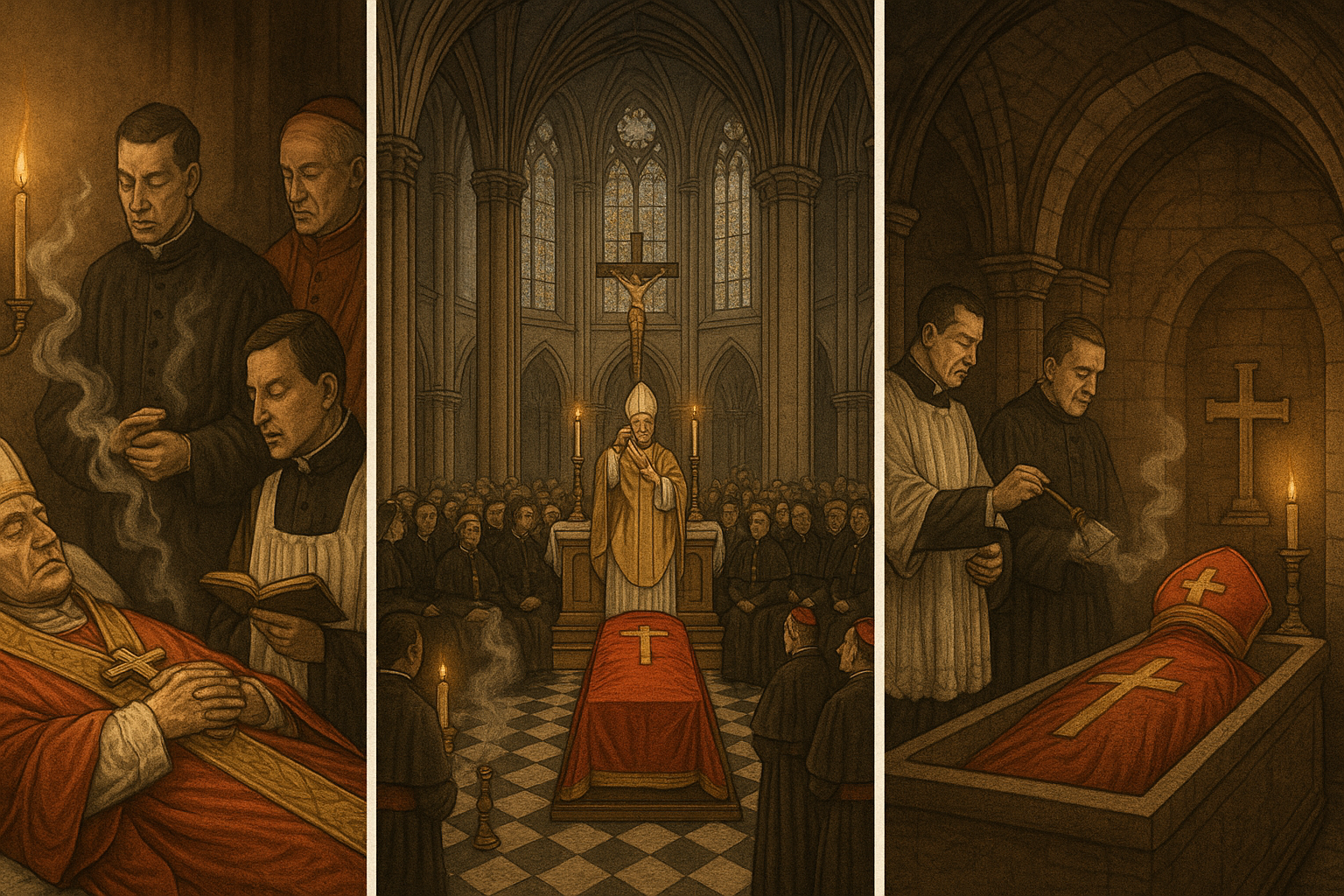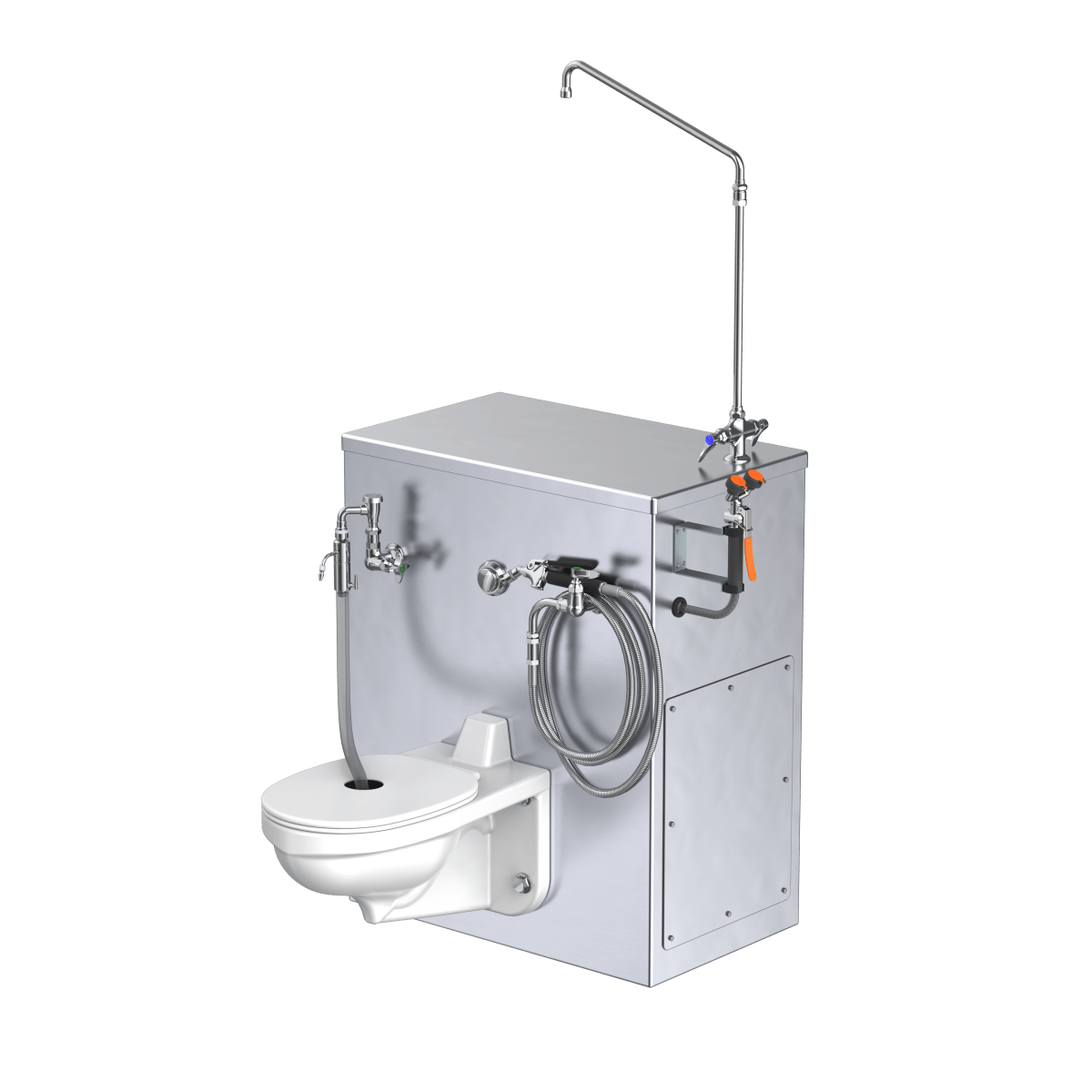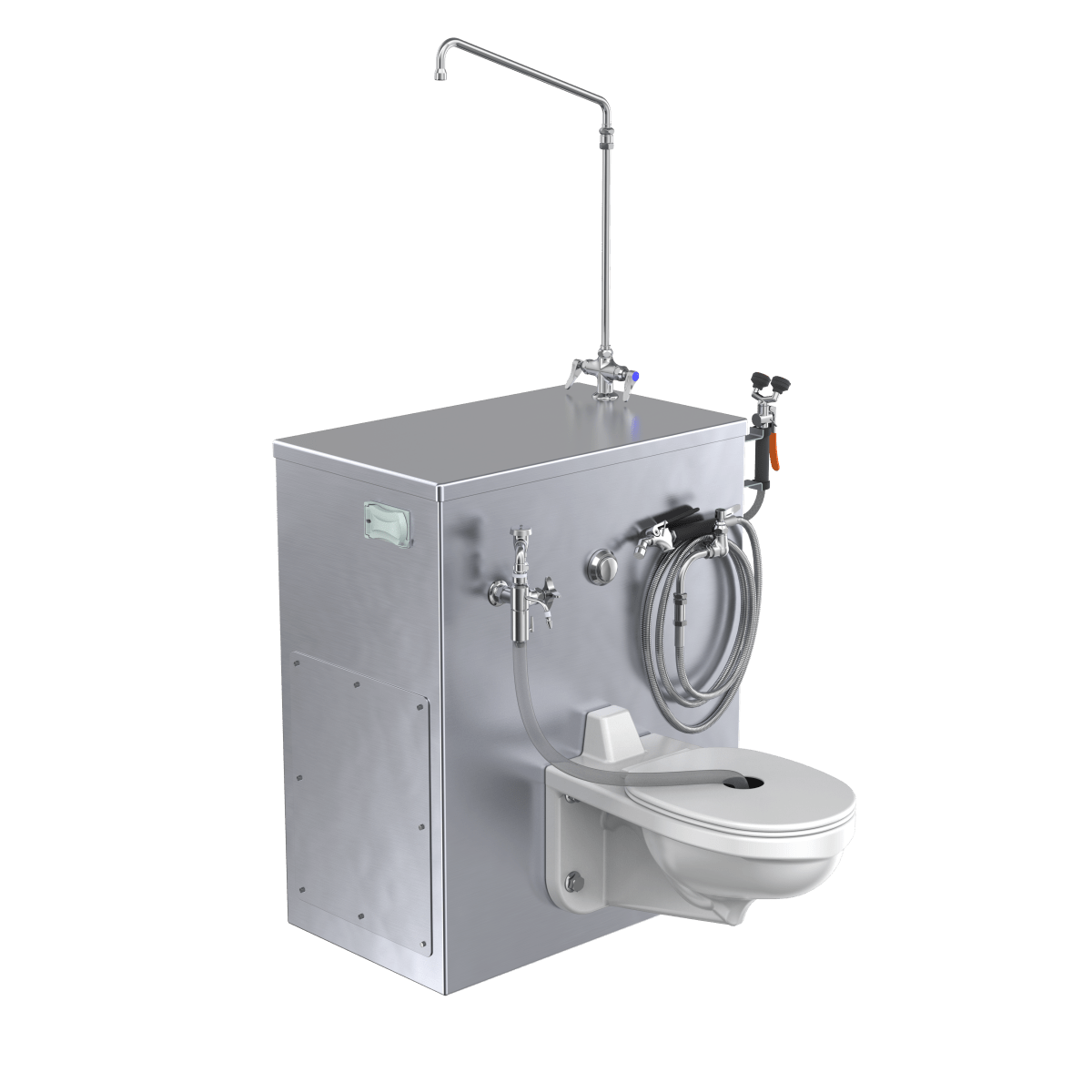Understanding the Sacred Traditions of Papal Funerals
Pope funeral traditions combine centuries of sacred rituals with evolving practices that reflect the individual pope's wishes. When searching for information about papal funeral proceedings, here are the key elements to understand:
| Key Aspect | Traditional Practice | Modern Changes |
|---|---|---|
| Confirmation of Death | Camerlengo confirms death | Medical certification now standard |
| Body Preparation | Three coffins (cypress, lead, oak) | Single or dual coffin system under Pope Francis |
| Public Viewing | Liftd platform in St. Peter's | Simplified viewing without raised platform |
| Mourning Period | Nine days (Novendialis) | Still observed with daily masses |
| Burial Location | Vatican Grottoes | Pope Francis requested St. Mary Major Basilica |
The passing of Pope Francis at age 88 on April 21, 2025, has initiated these sacred procedures, which now follow his requested simplifications to emphasize humility rather than worldly power.
The funeral of a pope represents one of the most solemn and historically significant ceremonies in the Catholic Church. With approximately 1.4 billion Catholics worldwide, these rituals serve both religious and diplomatic functions, bringing together religious leaders and heads of state in a remarkable display of global reverence.
Pope Francis significantly reformed these traditions, requesting a simple wooden casket instead of the traditional triple-coffin arrangement, and choosing to be buried at the Basilica of Santa Maria Maggiore rather than in the Vatican Grottoes - making him the first pope in over a century to be buried outside the Vatican.
I'm Mortuary Cooler, and throughout my career supplying preservation equipment to religious institutions, I've developed expertise in the specialized requirements for dignified pope funeral proceedings and similar ceremonial traditions. My experience has provided unique insights into how these sacred practices honor both ancient traditions and personal wishes.
*Pope funeral * vocab to learn:
Key Changes in Pope Funeral Rites Under Pope Francis
When Pope Francis passed away, the world witnessed a pope funeral unlike those we've seen in recent history. Throughout his life, Francis embodied humility and simplicity – values that extended into his final farewell plans.
Perhaps the most visible change was his request for a single, simple wooden coffin. This marked a significant departure from tradition, where popes were typically buried in three elaborate nested coffins: cypress (symbolizing humility), lead (for preservation), and oak (representing dignity). Francis opted instead for a plain wooden casket, possibly with just a zinc lining for practical preservation purposes.
Archbishop Diego Ravelli, who worked closely with Francis on these changes, explained the Pope's thinking beautifully: these modifications were designed "to emphasize even more that the Roman Pontiff's funeral is that of a pastor and disciple of Christ and not of a powerful man of this world." This sentiment perfectly captures Francis's lifelong approach to his role.
Francis also broke with recent tradition in choosing his final resting place. For over a century – since Pope Leo XIII in 1903 – popes have been buried in the Vatican grottoes beneath St. Peter's Basilica. But Francis requested burial at the Basilica of Santa Maria Maggiore, a church outside Vatican walls to which he had a profound personal connection.
"It's my great devotion. The place is already prepared," Francis once said about his chosen resting place. This decision reconnects with an older tradition when popes were laid to rest in various Roman basilicas rather than centralized in the Vatican.
Even the public viewing arrangements reflected Francis's preference for understated dignity. Gone was the liftd catafalque where previous popes' bodies were displayed. Instead, Francis requested a more humble presentation, directly accessible to the faithful who came to pay their respects.
You can learn more about these meaningful changes in the Simplifying the funeral rituals article from the Associated Press.
Pope Francis's Health and Timing of the Pope Funeral
The timing of a pope funeral follows careful protocols, though Francis's declining health in his final years influenced preparations for his farewell.
At 88 years old, Francis had battled chronic respiratory issues for some time. His most serious health crisis came in February 2025, when he spent five weeks at Rome's Gemelli Hospital with severe bronchitis affecting both lungs. This extended hospitalization signaled to Vatican officials that preparations should be reviewed and finalized according to the Pope's previously expressed wishes.
Despite these challenges, Francis maintained his characteristic determination and work ethic. In what would later be seen as a poignant final public moment, he made a surprise appearance at Saint Peter's Square just one day before his passing on April 21, 2025. There, he offered a blessing to the gathered faithful – a fitting last connection with the people he served.
Traditional protocol places a papal funeral Mass between four and six days after death. This timing balances practical considerations – allowing world leaders and dignitaries to arrange travel to Rome – with the respect for timely burial. Francis's funeral followed this custom, scheduled for April 25, 2025, four days after his passing.
Throughout his papacy, Francis approached every aspect of his role with genuine warmth and humility. It seems only fitting that his final journey would reflect those same qualities – a shepherd's farewell rather than a ruler's state ceremony.
The Three Main Stations of the Papal Funeral Process
When a pope passes away, a beautiful and solemn journey begins that honors centuries of tradition while respecting the individual wishes of the pontiff. The pope funeral unfolds through three meaningful stages, each carrying deep significance for Catholics worldwide and showcasing the transition from earthly leadership to eternal rest.

First Station: Preparation of the Body
The journey begins in the quiet moments after death, when the pope's earthly mission concludes. For Pope Francis, this sacred process began not in the traditional papal apartments but in his modest Santa Marta residence—a fitting final chapter for a man who chose simplicity throughout his papacy.
Cardinal Kevin Farrell, serving as camerlengo (the papal chamberlain), stood beside the pope's bed and gently spoke the ancient words: "Vere, Franciscus mortus est" ("Truly, Francis is dead"). This solemn declaration marks the official beginning of the sede vacante—the vacant seat of Peter.
The pope's body is then lovingly prepared by Vatican staff who have served him in life. They dress him first in a simple white cassock, followed by striking red vestments that symbolize Christ's sacrifice and the blood of martyrs. A paschal candle burns nearby, its flame representing the hope of resurrection, while copies of the Gospels rest beside him—the teachings that guided his ministry.
During these intimate hours, close associates gather for private prayers before the body moves to the next stage. This preparation requires both reverence and practicality—the kind of balance we at American Mortuary Coolers understand well when designing our preservation systems for dignified care.
Second Station: Viewing of the Body
The second phase brings the pope to the people. For Pope Francis, his body was transferred to St. Peter's Basilica where it lay in state for three days in a simple wooden coffin with the lid removed—another reflection of his humble approach to the papacy.
These viewing days create powerful moments of connection. During Pope John Paul II's funeral in 2005, the lines of mourners stretched through Rome's ancient streets as nearly one million faithful waited—some for an entire day—to pay their final respects. Pope Benedict XVI's funeral in 2022 saw almost 200,000 visitors during a similar three-day period.
The basilica buzzes with whispered prayers during these days. Security teams gently guide the constant flow of visitors while Vatican staff ensure everything runs smoothly. The atmosphere balances between profound grief and celebration of a life devoted to service.
Maintaining the dignity of the deceased during this extended viewing requires careful environmental management. The basilica's ancient walls weren't designed with modern climate control in mind, making proper preservation a genuine challenge—something we've learned through our years of providing cooling solutions to funeral homes across America.
Third Station: Burial Ceremony
The final station represents the pope's last earthly journey. For Pope Francis, this culminating moment will take place at his beloved Basilica of Santa Maria Maggiore rather than the traditional Vatican Grottoes.
The evening before the funeral Mass, a deeply moving private ceremony unfolds as the pope's body is placed in his coffin. Several meaningful items join him: a small pouch containing medals from his papacy, a carefully prepared "rogito" (a document summarizing his life and achievements), and personal items that held special meaning to him.
The coffin is then sealed in preparation for the funeral Mass. After the liturgy concludes, a solemn procession carries the pope to his final resting place. Final prayers are offered, sacred words echo through the ancient basilica, and the shepherd is laid to rest among the flock he served.
Throughout these three stations, the pope funeral process balances ancient traditions with personal wishes, creating a farewell that honors both the office and the man. While our work at American Mortuary Coolers typically serves funeral homes across the United States, we deeply appreciate the universal importance of dignified care in these sacred moments—whether for world leaders or beloved family members.
Confirmation of Papal Death and the Significance of the Fisherman's Ring
When a pope passes away, there's a beautiful blend of ancient tradition and modern practice that guides what happens next. You might have heard the old story about the camerlengo (the papal chamberlain) tapping the pope's forehead three times with a silver hammer while calling out his baptismal name. While this makes for a fascinating tale, it's more legend than fact – though it does capture how ceremonial this moment has always been.
In reality, when Pope Francis passed away, medical professionals first confirmed his death with modern methods, issuing an official death certificate. Cardinal Kevin Farrell, serving as camerlengo, then formally declared what everyone already knew but needed to be ceremonially acknowledged: "Vere, Franciscus mortus est" – "Truly, Francis is dead."
This formal declaration marks the beginning of what's called "sede vacante" – the vacant seat – when the Church temporarily operates without a pope. During this time, the camerlengo steps in to handle day-to-day administrative matters, but his first symbolic duty carries profound meaning: the defacement of the Fisherman's Ring.

The Fisherman's Ring isn't just beautiful jewelry – it's perhaps the most personal symbol of papal authority. Each pope receives his own unique ring showing St. Peter (the first pope, who was originally a fisherman) casting his net from a boat. Throughout a papacy, this ring serves as the pope's personal seal, authenticating important documents and literally leaving his mark on Church history.
When a pope dies, tradition demands this ring be defaced. In centuries past, the ring would be completely destroyed with a hammer – a very practical measure to prevent anyone from forging papal documents during the vulnerable transition period. Today, the practice has softened slightly. For Pope Francis, as with recent popes, the ring was likely marked with deep cross-shaped cuts rather than completely destroyed. This modern approach preserves the ring as a historical artifact while ensuring it can never again be used as a seal.
I find this ritual particularly moving. In a world obsessed with holding onto power, here's a tradition that deliberately breaks the very symbol of papal authority. It reminds us that while the Church continues through the centuries, each pope's authority is temporary – a position of service rather than personal ownership.
At American Mortuary Coolers, we're naturally focused on the practical aspects of dignified preservation, but we deeply respect how these symbolic traditions honor the passage from life to death. The defacement of the Fisherman's Ring, like many pope funeral rituals, speaks to something profound about how we acknowledge endings and prepare for new beginnings.
The ring's defacement also begins the process that will eventually lead to the Defacing the Fisherman's Ring ceremony, which has been documented through history as one of the most solemn moments in the transition between papacies. This physical breaking of the seal of office creates a visible reminder that the Church now enters a time of reflection before choosing its next leader.
Public Viewing Traditions and the Funeral Mass
When a pope passes away, the tradition of public viewing creates a powerful moment of connection between the faithful and their spiritual leader. Throughout history, this has been an elaborate affair with the pope's body displayed on a raised platform in the magnificent St. Peter's Basilica, dressed in papal vestments and surrounded by symbols of his sacred office.
True to his humble nature, Pope Francis requested significant changes to this tradition. Instead of lying in state on an liftd catafalque, his body was placed in a simple wooden coffin with the lid removed during the three-day viewing period. This touching modification perfectly captured his lifelong desire to be remembered as a humble shepherd rather than an exalted figure.
The scale of mourning during these viewings can be truly overwhelming. During Pope John Paul II's pope funeral in 2005, Rome witnessed an unprecedented gathering of the faithful. An estimated four million people flooded into the city, with roughly one million patiently waiting to view his body. The lines of mourners stretched for miles through Rome's ancient streets, with some waiting a full day just for a brief moment to say goodbye.

Pope Benedict XVI's funeral in 2022 saw smaller but still significant numbers, with nearly 200,000 visitors during the three-day viewing. This more modest attendance reflected both Benedict's status as pope emeritus rather than sitting pope and the lingering effects of the COVID-19 pandemic on international travel.
These public viewings serve a deeply human need. They allow Catholics worldwide to participate actively in the mourning process, provide emotional closure for the faithful who felt personally connected to the pope, and beautifully emphasize the universal nature of the Church with the pope as shepherd to all believers.
For those of us at American Mortuary Coolers who understand the practical challenges of preservation, we recognize the importance of maintaining dignity during such extended viewing periods. While Vatican protocols remain private, the principles of respectful preservation mirror those we apply when serving funeral homes across America.
Key Elements of the Pope Funeral Mass
The pope funeral Mass follows a structure outlined in the "Ordo Exsequiarum Romani Pontificis," a comprehensive 400-page guide detailing every aspect of papal funerals. While Pope Francis simplified many elements of his own ceremony, certain traditions remain central to this solemn occasion.
The Mass typically begins with a procession from St. Peter's Basilica to St. Peter's Square, where weather permitting, the main ceremony unfolds under the open sky. Twelve pallbearers, traditionally known as "Sediari Pontifici" or papal chairmen, carry the coffin with great reverence through the gathered crowd.
Pope Francis's funeral brought together an extraordinary assembly of clergy – approximately 3,700 priests, 400 bishops, and 125 cardinals concelebrating the Mass. This vast gathering beautifully symbolizes the universal Church coming together to bid farewell to its leader.
What makes a papal funeral Mass truly special are its distinctive elements that blend tradition with deep spiritual meaning. Scripture readings in multiple languages reflect the global nature of the Catholic Church. The homily, typically delivered by the Dean of the College of Cardinals, celebrates the pope's life and legacy rather than focusing on sorrow.
At Pope Benedict XVI's funeral, Pope Francis himself delivered a moving homily that focused not on elaborate praise but on Jesus' final words: "Father, into your hands I commend my spirit." This simple, profound statement captured the essence of Christian faith at life's end.
The ceremony includes deeply symbolic moments like the Final Commendation and Farewell, where the coffin is sprinkled with holy water and surrounded by incense, representing purification and the prayers of the faithful rising to heaven. The Litany of Saints calls upon holy men and women throughout Church history, particularly those with special meaning to the deceased pope.
While heads of state and diplomats attend in formal capacity, the pope funeral Mass remains focused on its spiritual purpose. As Pope Francis beautifully expressed during Benedict's funeral: "God's faithful people, gathered here, now accompany and entrust to him the life of the one who was their pastor." In this sacred moment, a community of faith entrusts their shepherd back to God – the ultimate expression of our human journey from life to eternity.
The Burial of Pope Francis at the Basilica of Santa Maria Maggiore
When Pope Francis chose the Basilica of Santa Maria Maggiore as his final resting place, he broke with a century-old tradition in a way that perfectly reflected his papacy - humble, personal, and deeply connected to the city of Rome itself.
"It's my great devotion. The place is already prepared," Pope Francis said about Santa Maria Maggiore, revealing both his acceptance of mortality and his certainty about where he wanted to rest eternally. This wasn't just any church to him - it was a spiritual home.

Since 1903, popes have typically been buried beneath St. Peter's Basilica in the Vatican grottoes. By choosing differently, Francis became the first pope in over 120 years to be buried outside the Vatican. The last pope laid to rest at Santa Maria Maggiore was Clement IX, who died way back in 1669. This choice connects Francis to a much older papal tradition while emphasizing his role as Bishop of Rome.
There's something deeply touching about why Francis chose this basilica. Throughout his papacy, he made a habit of visiting Santa Maria Maggiore before and after every international trip. He would sit quietly in prayer before the ancient icon of Mary known as "Salus Populi Romani" (Protectress of the Roman People). This wasn't just religious duty - it was personal devotion.
The basilica itself holds tremendous significance in Catholic tradition. Built in the 5th century, it's the largest church dedicated to Mary in Rome and houses relics believed to be from Christ's manger. Its soaring ceilings, beautiful mosaics, and centuries of prayers make it a place of extraordinary spiritual power.
Behind the scenes, preparing for a pope funeral at this location required careful planning. A burial chamber was prepared well in advance, designed specifically for the simple wooden coffin Francis requested. The location within the basilica was thoughtfully chosen to allow visitors to pay their respects while maintaining dignity and security.
At American Mortuary Coolers, we understand the importance of such preparations, though certainly on a different scale. While we provide cooling solutions to funeral homes across the country from our Tennessee headquarters, we recognize that all final resting places deserve the same level of care and respect, whether for a pope or any beloved family member.
Francis's choice of burial location speaks volumes about his vision of the papacy - not as a position of power isolated in Vatican City, but as a pastoral role deeply connected to the people and traditions of Rome itself. In death as in life, he chose simplicity and meaningful connection over pomp and tradition.
The Novendialis and the Papal Conclave Process
When the solemn burial of a pope concludes, the Church enters a special time of reflection and transition known as the Novendialis. This nine-day mourning period bridges the gap between one papacy and the next, honoring ancient traditions while preparing for the future.
The Novendialis (meaning "nine days") has roots in ancient Roman funeral customs but has been beautifully adapted into Catholic practice as a time of communal prayer and remembrance. For nine consecutive days after the pope funeral, special Masses are celebrated specifically for the deceased pontiff's soul.
Each day during this period, a different cardinal takes the lead in celebrating Mass at St. Peter's Basilica. These liturgies draw cardinals, bishops, priests, and countless faithful who gather to pray for their departed shepherd. The atmosphere during these nine days is one of both mourning and hope – acknowledging loss while trusting in resurrection.
"The Novendialis reminds us that even the pope, despite his exalted office, is ultimately a soul in need of our prayers," explained Cardinal Luis Antonio Tagle during Pope Benedict XVI's mourning period. "It's a powerful expression of the communion of saints."
This period serves multiple important purposes beyond the spiritual. It provides necessary time for the worldwide Church to process grief, allows cardinals from distant countries to make travel arrangements to Rome, and creates a prayerful atmosphere of discernment before the momentous task of selecting a new pope.

Steps Involved in Electing a New Pope After the Pope Funeral
As the Novendialis draws to a close, attention shifts to the ancient and secretive process of electing a new pope – the conclave. The word itself reveals the nature of the proceedings, coming from Latin "cum clave" meaning "with a key," highlighting the locked-away nature of this sacred election.
The journey to selecting a new pope follows a carefully choreographed sequence that has evolved over centuries. Immediately following the pope funeral, the camerlengo (chamberlain) seals the papal apartments and oversees the defacement of the Fisherman's Ring, symbolically ending the previous papacy. Cardinals worldwide receive formal notification to come to Rome.
Before official voting begins, cardinals gather for what are called "general congregations" – preliminary meetings where they discuss the state of the Church and become acquainted with potential candidates. These conversations help shape their thinking about what qualities the next pope should possess.
The conclave officially begins with a solemn procession into the Sistine Chapel. Cardinals walk in order of seniority while singing the ancient hymn "Veni Creator Spiritus" (Come, Creator Spirit), invoking divine guidance for their momentous task. Only cardinals under 80 years old may vote – typically around 120 electors.
Once inside, the master of ceremonies declares "Extra omnes" (Everyone out), and all non-essential personnel leave. The doors are locked and sealed. In our modern era, security measures include thorough sweeps for electronic listening devices and jamming technology to ensure complete isolation from outside influence.
The voting process itself blends solemn ritual with practical procedure. Each cardinal writes his choice on a specially designed ballot, approaches the altar one by one, and places the folded ballot on a plate before tipping it into an ornate urn. While doing so, each recites: "I call as my witness Christ the Lord who will be my judge, that my vote is given to the one who before God I think should be elected."
After each round of voting, the ballots are counted and then burned in a special stove with chemicals that produce the famous smoke signals – black smoke indicates no decision has been reached, while white smoke announces to the waiting world that a new pope has been elected. This tradition dates back centuries but was formalized in the early 1900s to provide clearer signals to the public.
A two-thirds majority is required for election. When a cardinal reaches this threshold, the Dean of the College asks him the momentous question: "Do you accept your canonical election as Supreme Pontiff?" Upon acceptance, the new pope immediately becomes the leader of the worldwide Catholic Church and chooses a new papal name, often reflecting a saint or previous pope who inspires him.
Finally comes the joyful announcement from the central balcony of St. Peter's Basilica. The senior cardinal deacon steps out and proclaims: "Habemus Papam!" (We have a Pope!), introducing the new pontiff to the world. The pope then gives his first blessing "Urbi et Orbi" (to the city and the world), beginning a new chapter in Church history.
At American Mortuary Coolers, we appreciate these profound traditions that honor endings and beginnings with equal dignity. While our work focuses on providing quality preservation equipment to funeral homes across America, we recognize that all final farewells – whether for a pope or any beloved person – deserve to be conducted with reverence and care.
Frequently Asked Questions About Pope Funerals
What is the Fisherman's Ring and why is it defaced?
The Fisherman's Ring is perhaps one of the most fascinating symbols of papal authority. This special signet ring, known formally as the Anulus Piscatoris, features an image of St. Peter casting a fishing net – a beautiful reference to Jesus's promise that his apostles would become "fishers of men." Each pope receives a unique ring created specifically for him at the beginning of his pontificate.
Think of it as the pope's personal signature stamp. Historically, when the pope needed to authenticate an important document, warm wax would be dripped onto the document and the ring pressed into it, creating an official papal seal that couldn't be forged.
When a pope dies, something remarkable happens. The camerlengo (or chamberlain) gathers with other cardinals for a solemn ceremony where the ring is ceremonially defaced. Using a small hammer, the camerlengo marks the ring with deep cuts in a cross pattern. This tradition serves multiple purposes – it symbolically marks the end of the pope's reign, prevents any possibility of document forgery during the "empty throne" period, and represents the orderly transition of power within the Church.
In earlier centuries, the ring would be completely destroyed, but modern practice has evolved to preserve these rings as historical artifacts while still rendering them unusable as seals. It's a beautiful balance of honoring tradition while preserving history.
This centuries-old ritual remains one of the most poignant moments in the pope funeral process. It reminds us that while individual popes may pass away, the institution of the papacy continues through careful, symbolic transition.
How has the Pope Funeral changed under Pope Francis?
Pope Francis, true to his reputation for humility and simplicity, significantly reformed traditional pope funeral practices to better reflect his vision of church leadership as service rather than pomp.
The most visible change involves the coffin itself. For centuries, popes were buried in an elaborate system of three nested coffins – cypress (symbolizing humility), lead (for preservation), and oak (representing dignity). Pope Francis requested just a simple wooden casket, possibly with a zinc lining for practical preservation, but without the ornate triple-layer approach.
His choice of final resting place also broke with recent tradition. Rather than joining his predecessors in the Vatican Grottoes beneath St. Peter's Basilica, Francis chose the Basilica of Santa Maria Maggiore – a church he visited faithfully before and after every international trip throughout his papacy. This makes him the first pope in over a century to be buried outside Vatican grounds.
Even the public viewing arrangements were simplified. Francis eliminated the raised platform traditionally used to display the pope's body, opting instead for a simple coffin with the lid removed during the viewing period. The confirmation of his death took place in his personal chapel at Santa Marta residence rather than the grander Apostolic Palace – consistent with his choice to live more simply throughout his papacy.
Archbishop Diego Ravelli beautifully captured the spirit behind these changes, explaining they were designed "to emphasize even more that the Roman Pontiff's funeral is that of a pastor and disciple of Christ and not of a powerful man of this world."
These thoughtful modifications reflect Francis's lifelong commitment to shifting focus from worldly grandeur to humble service – a final teaching through example even in death.
What is the Novendialis period?
The Novendialis is a beautiful nine-day mourning period that follows a pope's burial. The name itself comes from Latin – "novem" meaning nine and "dies" meaning days. It's a time of prayer, reflection, and transition for the entire Catholic Church.
During these nine days, a special Mass is celebrated each day specifically for the repose of the pope's soul. What's particularly meaningful is that each of these Masses is typically presided over by a different cardinal, with the final liturgy often led by the Dean of the College of Cardinals. It creates a sense of the worldwide Church coming together in prayer.
This period serves both spiritual and practical purposes. Spiritually, it provides structured time for the faithful to pray for the deceased pope, reflecting the Catholic belief in the importance of prayers for the departed. On a practical level, these nine days allow cardinals from distant corners of the world sufficient time to travel to Rome for the upcoming conclave.
The tradition has fascinating historical roots in ancient Roman mourning customs that were adapted and given Christian meaning early in Church history. It creates a respectful buffer between the intensity of the funeral and the beginning of the process to elect a successor.
I find it deeply moving that even for a pope – the holder of the highest office in the Catholic Church – there remains an acknowledgment of human frailty and the need for prayers and divine mercy. The Novendialis reminds us of the communion of saints – that spiritual bond between the living and the dead that transcends even death itself.
Only after these nine days of mourning conclude do the cardinals gather for the conclave to elect a new pope, marking the Church's transition from grief to renewal. At American Mortuary Coolers, we've always respected how different faith traditions honor their deceased with such meaningful rituals – whether in grand cathedrals or small local chapels across the communities we serve.
Conclusion
The pope funeral represents one of the most profound ceremonies in the Catholic Church, blending ancient traditions with personal wishes and modern adaptations. From the solemn confirmation of death by the camerlengo to the election of a new pope through the conclave, each step carries deep symbolic and practical significance for Catholics worldwide.
Pope Francis's reforms to these funeral rites weren't just procedural changes – they were the final testament to his lifelong commitment to humility. By requesting a plain wooden coffin instead of the elaborate triple-coffin arrangement, he stayed true to the values that defined his papacy. His choice to be buried at the Basilica of Santa Maria Maggiore rather than in the Vatican Grottoes speaks volumes about his personal devotion and his vision of the papacy as service rather than status.
The three stations we've explored – preparation of the body, public viewing, and burial – create a meaningful framework that allows millions of faithful to participate in this solemn farewell. Each step honors both the institution and the individual, balancing reverence for the office with respect for personal wishes.
When the camerlengo defaces the Fisherman's Ring, it marks a powerful moment of transition. This small act symbolizes something profound – that while popes may come and go, the Church continues its mission. The nine days of mourning during the Novendialis period provide space for reflection and prayer before the Church looks toward its future through the conclave process.
At American Mortuary Coolers, we see parallels between these grand traditions and our daily work. While we're focused on providing high-quality mortuary cooling equipment to funeral homes across America, we share a fundamental commitment to dignity in death. Whether we're delivering a custom-built cooler to a family-owned funeral home in Tennessee or contemplating centuries-old Vatican ceremonies, the core purpose remains the same: honoring the deceased with respect while providing comfort to the living.
The pope funeral traditions remind us that even the most exalted leaders are ultimately human. These ceremonies acknowledge both the weight of papal office and the humanity of the person who held it – a balance that makes these rituals both majestic and touching.
For more information about our mortuary equipment and how we support funeral professionals in their sacred work, please visit our information page about funeral equipment. We're proud to be part of an industry dedicated to maintaining dignity during life's most difficult transitions.


















